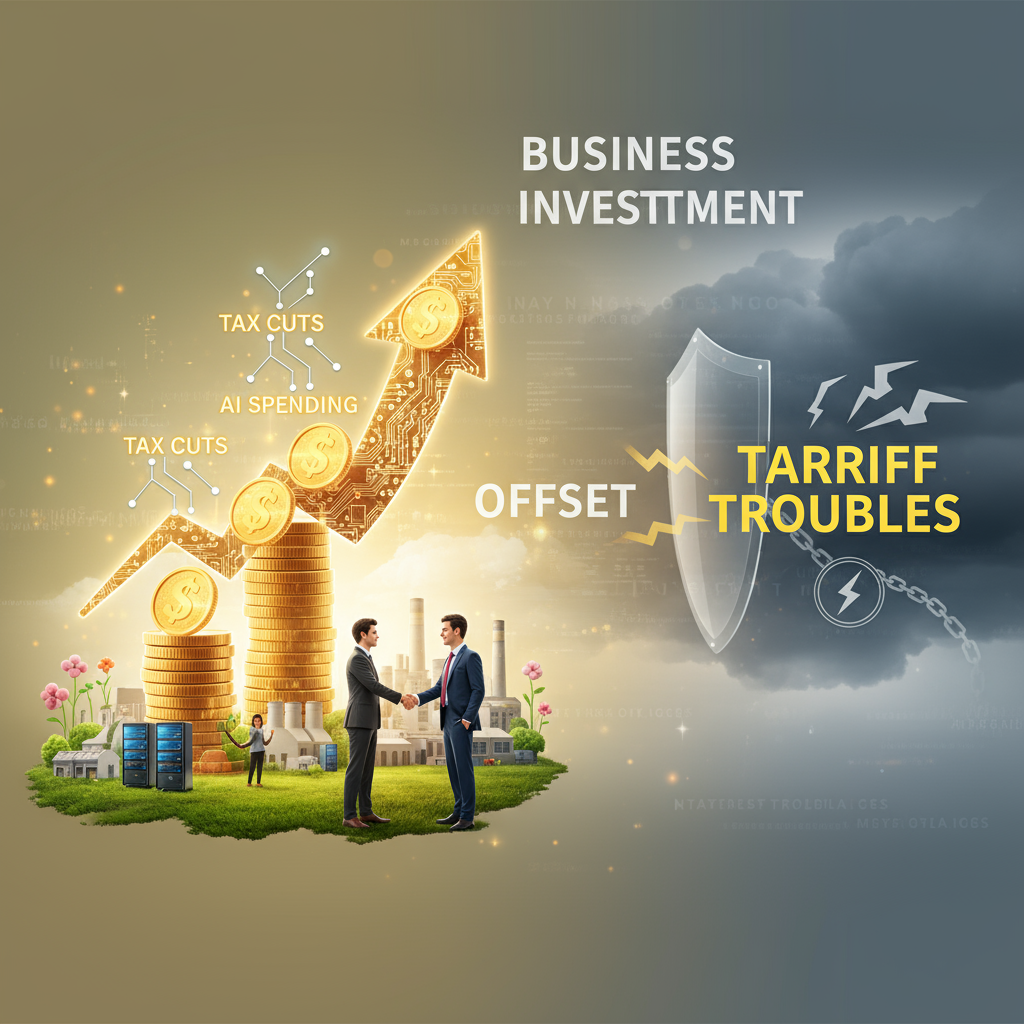The backbone of American agriculture, soybean farmers, are navigating a challenging economic climate. A confluence of factors, primarily China’s shifting import policies and a subsequent surge in domestic stockpiles, is placing significant pressure on their livelihoods. This complex situation, rooted in geopolitical tensions and evolving global trade dynamics, demands a closer look at its immediate impacts and potential long-term implications for the US soy industry.
The Double Whammy: China’s Import Curbs and the Surplus Strain
For years, China has been the undisputed largest importer of US soybeans, a crucial component in its vast animal feed industry. However, recent years have seen a deliberate diversification of China’s sourcing strategies. While not an outright ban, these shifts have manifested in several ways:
Increased Sourcing from South America: Brazil and Argentina, with their expanding soybean production capabilities, have become increasingly attractive alternatives for Chinese buyers. Favorable exchange rates and efficient logistics have further amplified their appeal.
Policy Adjustments and Inspections: China has implemented more stringent import requirements and inspection protocols for US agricultural products, creating delays and adding to the uncertainty for exporters.
Geopolitical Tensions: Underlying these trade shifts are broader geopolitical considerations. Trade disputes and a desire for greater supply chain resilience have undoubtedly influenced China’s purchasing decisions.
The direct consequence of reduced Chinese demand is a dramatic increase in US soybean stockpiles. Farmers, having invested heavily in planting and harvesting, are now facing a surplus of product with fewer eager buyers. This oversupply naturally drives down prices, squeezing profit margins for producers who are already contending with rising input costs for fertilizer, fuel, and labor.
For example, consider a farmer in Iowa who typically relies on a significant portion of their harvest being purchased by Chinese importers. When those orders dwindle, they are left with bushels of soybeans that are harder and less profitable to sell domestically. This can lead to difficult decisions about reinvesting in future crops, managing debt, and even the long-term viability of their farm.
Navigating the Storm: Strategies for Resilience
While the current situation presents significant hurdles, US soybean farmers are renowned for their adaptability and resilience. Several strategies are being employed and explored to mitigate the impact of these market challenges:
Diversifying Export Markets
The immediate need is to lessen the over-reliance on any single market. Efforts are underway to strengthen relationships and explore new export opportunities in regions beyond China.
Southeast Asia: Countries like Vietnam and Indonesia represent growing markets for animal feed, and there’s potential to increase US soybean exports to these nations.
European Union: While a mature market, the EU still has demand for soybeans, and promotional efforts can help bolster US market share.
Developing Nations: As economies in Africa and other developing regions grow, so too will their demand for protein, creating long-term export potential.
Strengthening Domestic Demand
Beyond exports, fostering domestic demand for soybeans is crucial. This involves exploring new uses and promoting the benefits of soy-based products.
Animal Feed I
ovation: Continued research and development into more efficient and sustainable soy-based animal feed formulations can boost domestic consumption by the US livestock industry.
Biofuels and Biodiesel: The role of soybeans in biofuel production offers another avenue for increasing domestic demand. Policies that support renewable energy can indirectly benefit soybean farmers.
Food and Industrial Applications: While animal feed remains the primary driver, advancements in soy-based food products (e.g., plant-based proteins) and industrial applications (e.g., bioplastics) can contribute to overall demand.
Government Support and Policy Advocacy
The US government plays a vital role in supporting its agricultural sector. Advocacy for policies that level the playing field and provide a safety net is paramount.
Trade Agreements: Robust and fair trade agreements that protect US agricultural interests are essential.
Market Facilitation Programs: Government programs that offer financial assistance or export promotion support can help farmers weather market downturns.
Research and Development Funding: Continued investment in research to improve soybean yields, develop new uses, and enhance sustainability is critical for long-term competitiveness.
The Road Ahead: Adaptation and Opportunity
The current squeeze on US soybean farmers is a stark reminder of the interco
ectedness of global trade and the impact of geopolitical shifts. While the challenges are undeniable, this period also presents an opportunity for the US soy industry to adapt, i
ovate, and emerge stronger. By diversifying export markets, fostering domestic demand, and advocating for supportive policies, American soybean farmers can navigate these turbulent times and secure a more resilient future. The commitment to quality, sustainability, and i
ovation will be key as they work to reclaim their position in the global marketplace.



